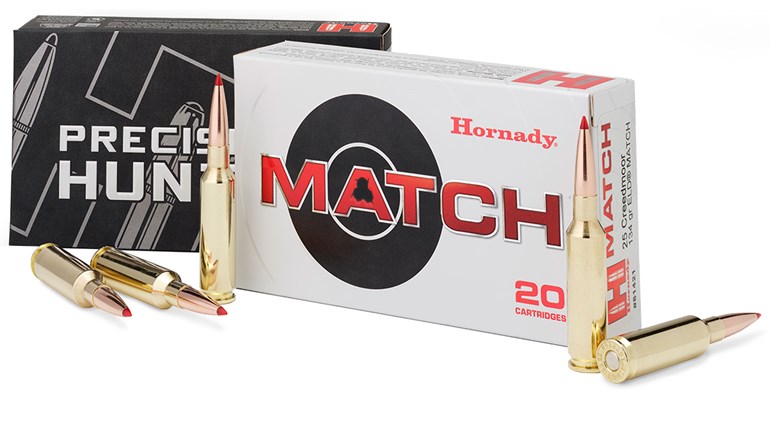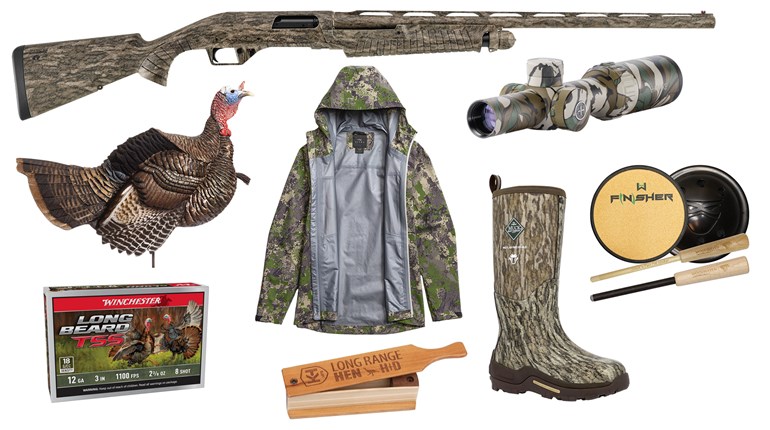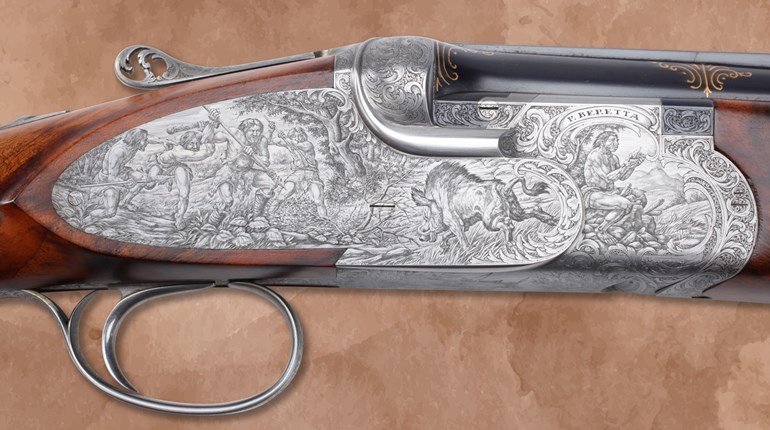
This article, "Myths, Mistakes & Misconceptions" appeared originally as a Straight Talk column in the May 2017 issue of Shooting Illustrated. To subscribe to the magazine, visit the NRA membership page here and select Shooting Illustrated as your member magazine.
Concealed carry and personal defense have been hot topics among Americans for quite some time now. Defending yourself and your family from violent attack is important to us, and we naturally seek to learn as much as we can and to be as informed as possible. However, as with serious discussion, the true facts get all mixed up with rumors, myths and downright fabrications. It is often difficult to sort them out and find things that work for us and make us safer. What follows, in no particular order, are some of the myths, mistakes and misconceptions regarding concealed carry that I have encountered.
Myth No. 1: Switching concealed carry guns often is a good idea.
I often cringe when I hear shooters talking about which gun they are going to use for concealed carry today: a Glock 9 mm, a Smith & Wesson .357 Mag. or a SIG Sauer .45 ACP. Now, don’t get me wrong; those are all great defense guns, but they operate entirely differently from each other.
Those of us who have had to deal with deadly encounters can tell you that it is an extremely stressful and chaotic experience. In order to succeed, you have to focus on the threat and think quickly. The mechanics of dealing with that threat—operating the defensive handgun—has to be a function that relies almost entirely on habit. Habits are formed by lots of training and practice. The middle of a fight for your life is not the place to be trying to remember if the gun you are carrying today has a safety that must be depressed, how many rounds that particular gun holds or what the sights on that gun look like and where they hit.
Like most of you, I have a number of handguns that I enjoy shooting and carrying, but I don’t switch types of guns on a frequent basis. Before changing to another style of concealed carry handgun, it is a good idea to spend some time shooting it at the range. The same is true with practicing your pistol presentation a number of times as well as running through a speed load and tactical load. Let your mind get used to what you are carrying and you will make it run and function through habit. Changing the type of defense gun that you carry is fine; changing it indiscriminately and frequently is a mistake.
Myth No. 2: Concealed carry with an empty chamber is safer.
In some defensive circles it has become accepted to use a semi-auto pistol with an empty chamber for concealed carry. I’m not sure quite how this got started, except to recognize that some military and foreign police agencies adhere to the practice. The misconception is that a person will incorporate racking the slide and chambering a round into his or her pistol presentation.
The armed citizen must understand that criminal attacks usually occur quite quickly and from very close range. Additionally, the crook nearly always has the first move. That is, you must identify the crook, realize an attack is taking place and then catch up and overcome the threat. All of that is happening in seconds, often fractions of a second. In truth, a person’s natural reaction time may barely allow for drawing a handgun and responding appropriately. The additional time required to rack the pistol’s slide just gives that much more time to the criminal. And that is time that can cost you dearly in a fight.
If a person feels that carrying a chambered pistol is some sort of safety issue, he or she should first obtain qualified training from a defensive expert. That expert can demonstrate safe handling and carrying techniques that will work in a defensive situation.
If a person is still not comfortable carrying a chambered round in a semi-auto, perhaps switching to a double-action revolver is in order. The DA revolver has been defending the lives of honest citizens for more than a century and it still does a good job of it.
The point is that the defensive shooter should carry a handgun that he or she feels confident in and one that is ready to go when it clears the holster. Taking the time to rack a pistol slide in the middle of a gunfight is time that you simply can’t afford to be wasting in the first place.
Myth No. 3: Learning how to fight isn't necessary.
The vast majority of people who carry concealed have never shot anyone and, in fact, they have never even seen anyone shot. Although they are loathe to admit it, what they know about gunfighting generally comes from watching movies and television dramas. They see actors holding guns in really stupid ways. They see bad guys go flying through the air from bullet impacts, with blood flying everywhere. They see the good guys standing out in the open and shooting it out when there is all sorts of good cover available. In fact, most experienced defensive shooters can sit down at any movie and make a long list of really stupid gun stuff that is going on.
This is the reason why it is so important to obtain qualified training in actual fighting techniques. Any number of firearms trainers can teach a person how to shoot effectively. But, fewer still can actually teach a student how to fight and survive with a concealed carry handgun.
When you are going to spend your hard-earned money on defensive training, make sure you are spending it with an instructor who knows gunfighting because they have seen it live and up close. Approach the whole thing like your life depends on it, because it really does.
Myths, mistakes, and misconceptions abound when it comes to concealed carry. We’ll discuss some more of them in the near future.




































